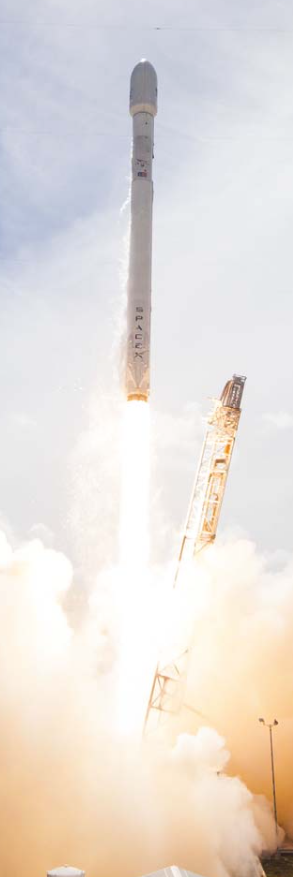
SpaceX's Falcon 9 rocket.

Vandenberg Air Force Base, California, is a busy place with two flights in two months. Preparations are underway for this Thursday's launch of SpaceX's Falcon 9 carrying the Formosat-5, a Taiwanese satellite, and that means that things heated up when a static fire test was conducted.

The Static Fire test involves the Falcon 9 first and second stages undergo a launch countdown for the upcoming launch of an extremely light-weight Taiwanese satellite to orbit next week.
The test was complete with fueling of RP-1 kerosene and LOX (Liquid Oxygen) resulting in a firing of all nine Merlin 1D engines on the base of the first stage for an average of 3.5 seconds in duration based on usual tests. It was noisy and hot. The launch of Formosat-5 on Thursday, 24 August at 11:50 PDT from SLC-4E at Vandenberg Air Force Base, California, ahead of a first stage landing on the ASDS “Just Read The Instructions”.

NSPO started FORMOSAT 5, the first Remote Sensing Program, for the Second Phase Space Program (2004~2018). The program emphasizes building up the capabilities for independent development of spacecraft and payload instruments. Being the prime contractor for the Formosat-5 system, NSPO takes the sole responsibility of all development phases.
The strategy for the program is to acquire key technology and setup a heritage bus design for NSPO. The key technology to be developed by NSPO includes flight software, EGSE and IPS. Additionally, NSPO and domestic partners will jointly develop some other key components, such as CDMU and PCDU. In the meantime, another goal for the Formosat-5 is to build-up the capability for the high-resolution optical remote sensing instrument by integrating NSPO with the ITRC (Instrument Technology Research Center) of NARL.

